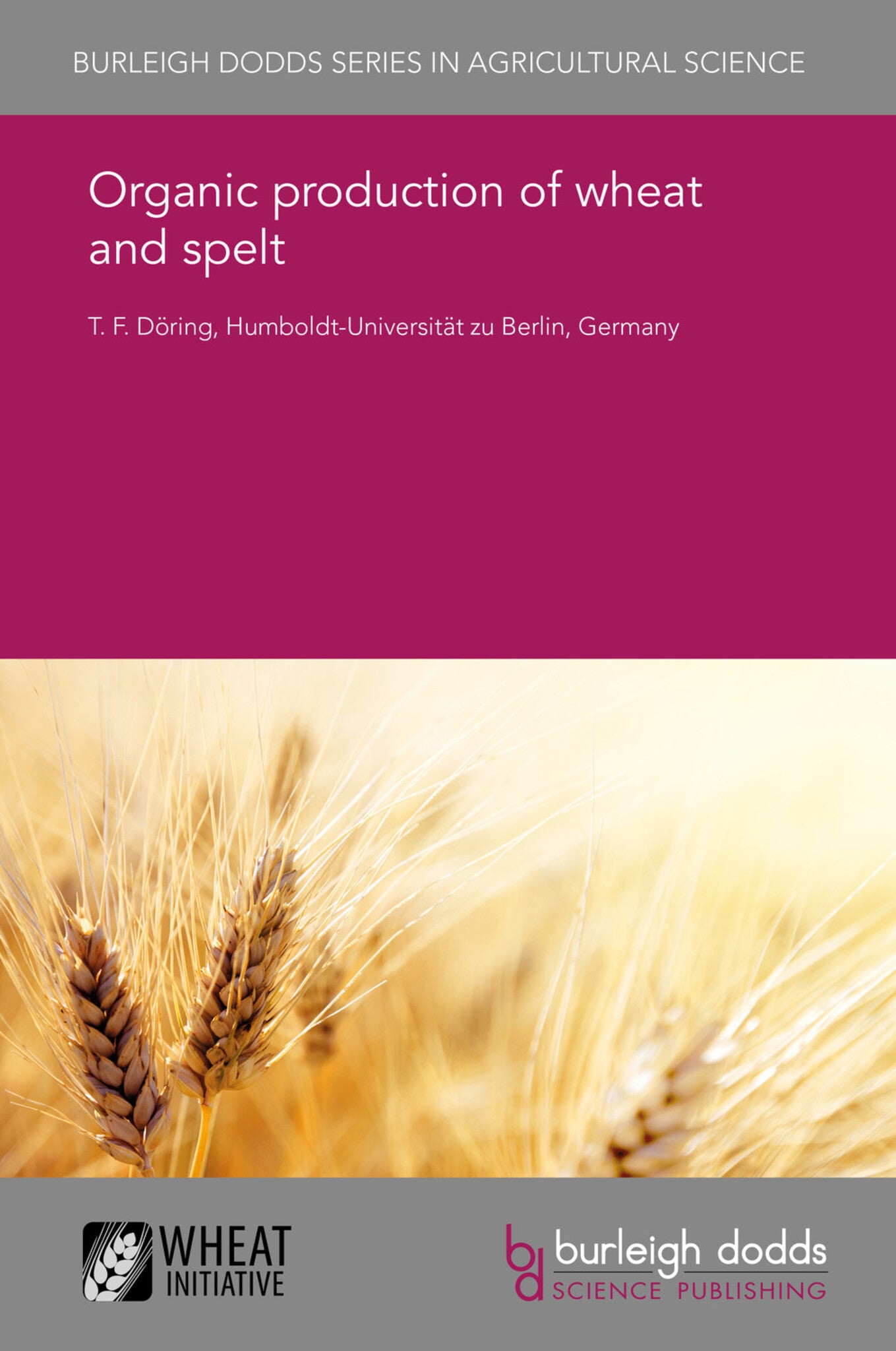We're sorry. An error has occurred
Please cancel or retry.
Organic production of wheat and spelt
Regular price
£25.00
Sale price
£25.00
Regular price
£25.00
Unit price
/
per
Sale
Sold out
Re-stocking soon
Wheat plays a major role in organic agriculture around the globe. This chapter reviews the current state of organic cultivation of wheat and of its close relative, spelt, with a focus on crop diver...
Read More

Some error occured while loading the Quick View. Please close the Quick View and try reloading the page.
Couldn't load pickup availability
- Format:
-
13 July 2017

Wheat plays a major role in organic agriculture around the globe. This chapter reviews the current state of organic cultivation of wheat and of its close relative, spelt, with a focus on crop diversification, through rotational design, use of species mixtures containing wheat, and diversification at the genetic level, e.g. through variety mixtures. The chapter shows that there are constraints associated with diversification in organic wheat cultivation systems. Diversifying rotations may dilute wheat production within the rotation; intercrops containing wheat are often characterised by unpredictability and technical difficulties; and diversification of wheat through evolving crop populations may be hampered by seed-borne diseases. The chapter concludes that optimisation of organic wheat cultivation systems across the world through diversification depends on a continuous and reliable, systematic and comprehensive collection of agronomic data under conditions of increased crop diversity.

Price: £25.00
Publisher: Burleigh Dodds Science Publishing
Imprint: Burleigh Dodds Science Publishing
Series: Burleigh Dodds Series in Agricultural Science
Publication Date:
13 July 2017
ISBN: 9781838793180
Format: eBook
BISACs:
TECHNOLOGY & ENGINEERING / Agriculture / Sustainable Agriculture, Agronomy and crop production, TECHNOLOGY & ENGINEERING / Agriculture / Agronomy / Crop Science, Sustainable agriculture, Organic farming

1 Introduction 2 Wheat in organic rotations 3 Organic wheat in species mixtures 4 Diversification of organic wheat at the genetic level 5 Organic wheat and farm biodiversity 6 Future trends and conclusion 7 Where to look for further information 8 Acknowledgements 9 References



